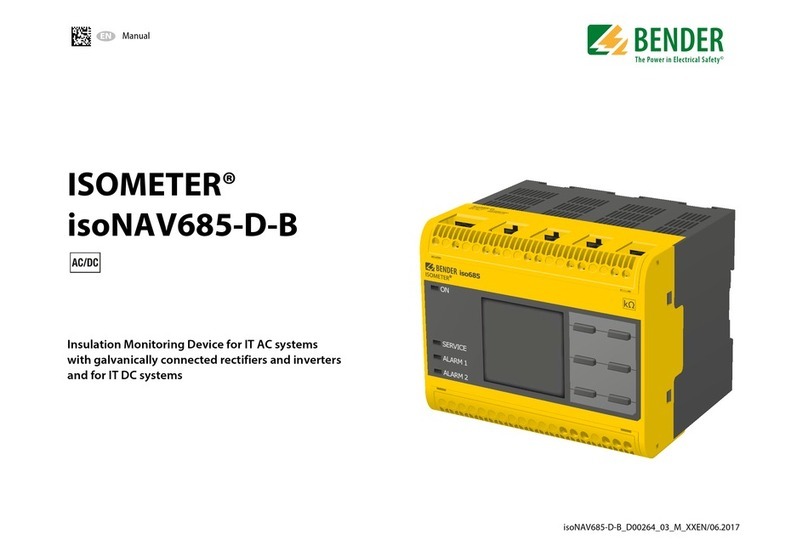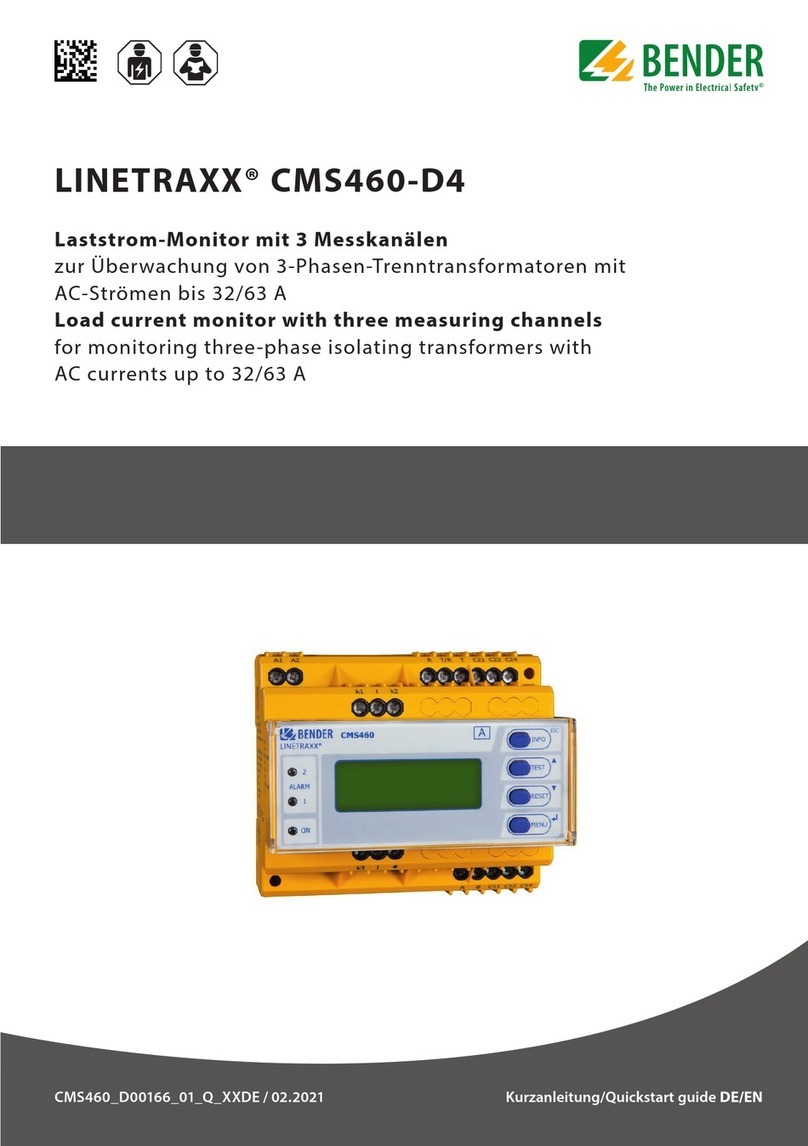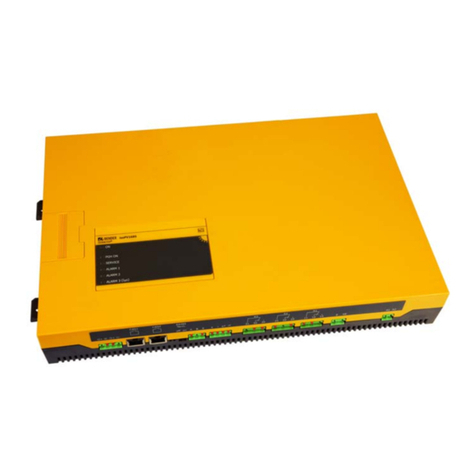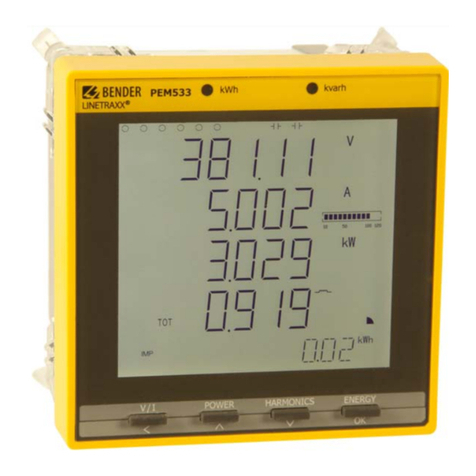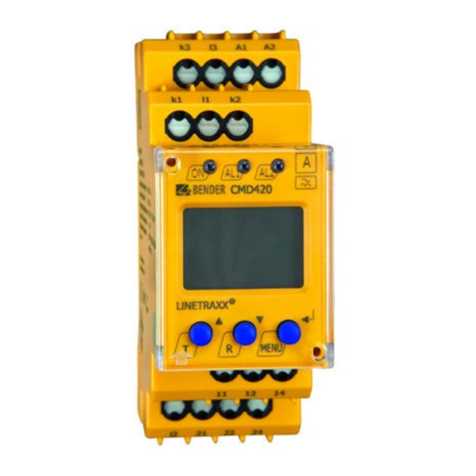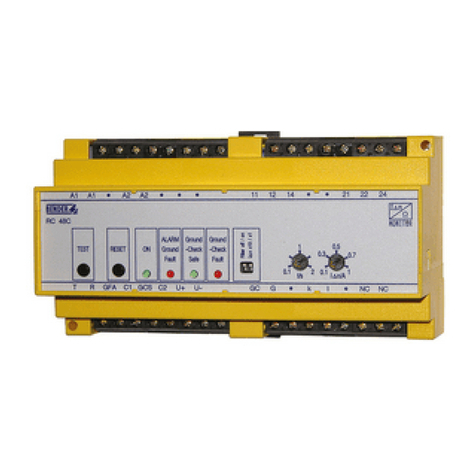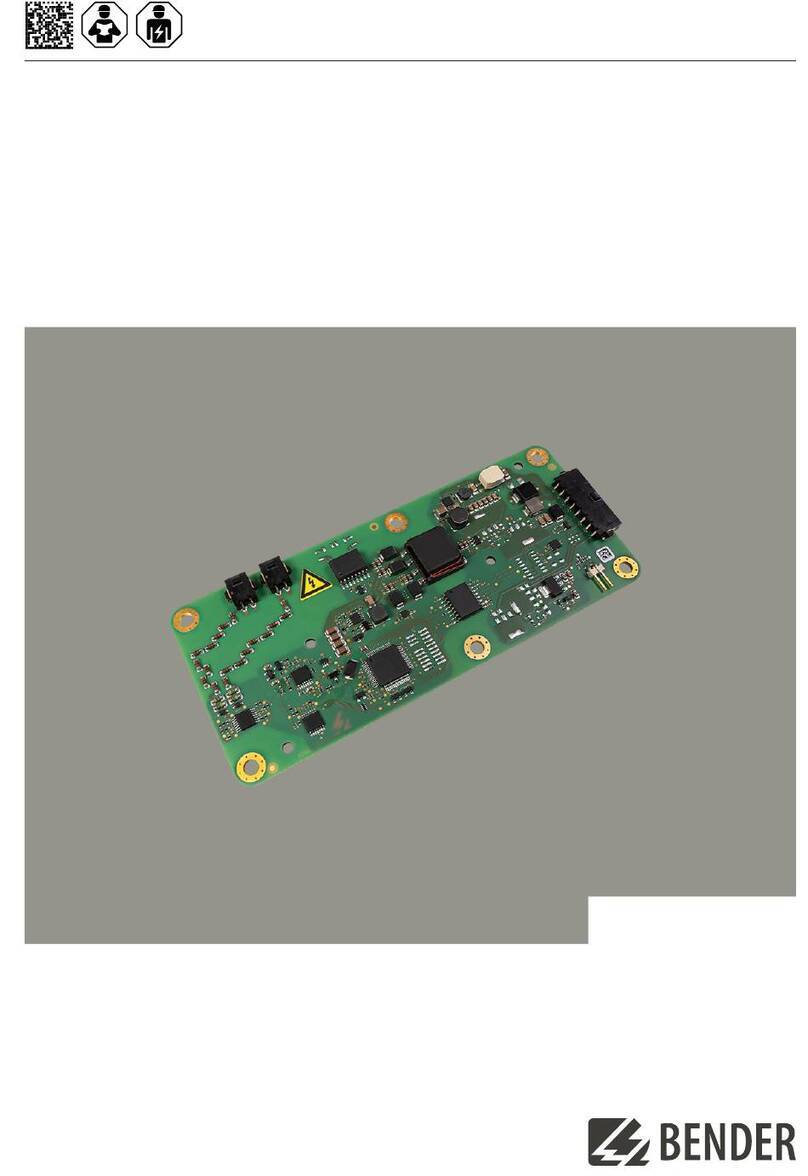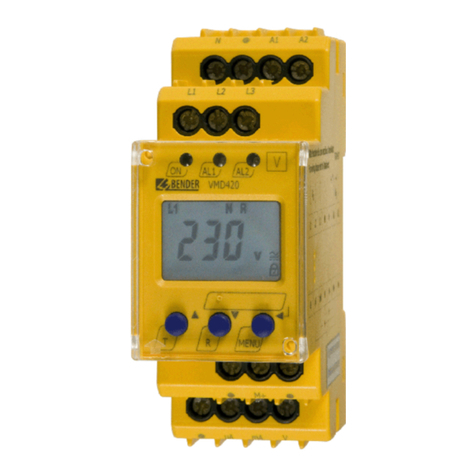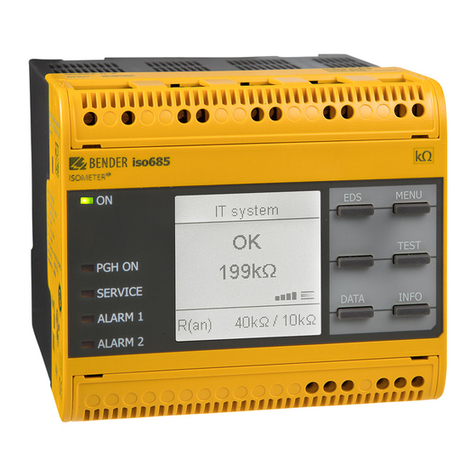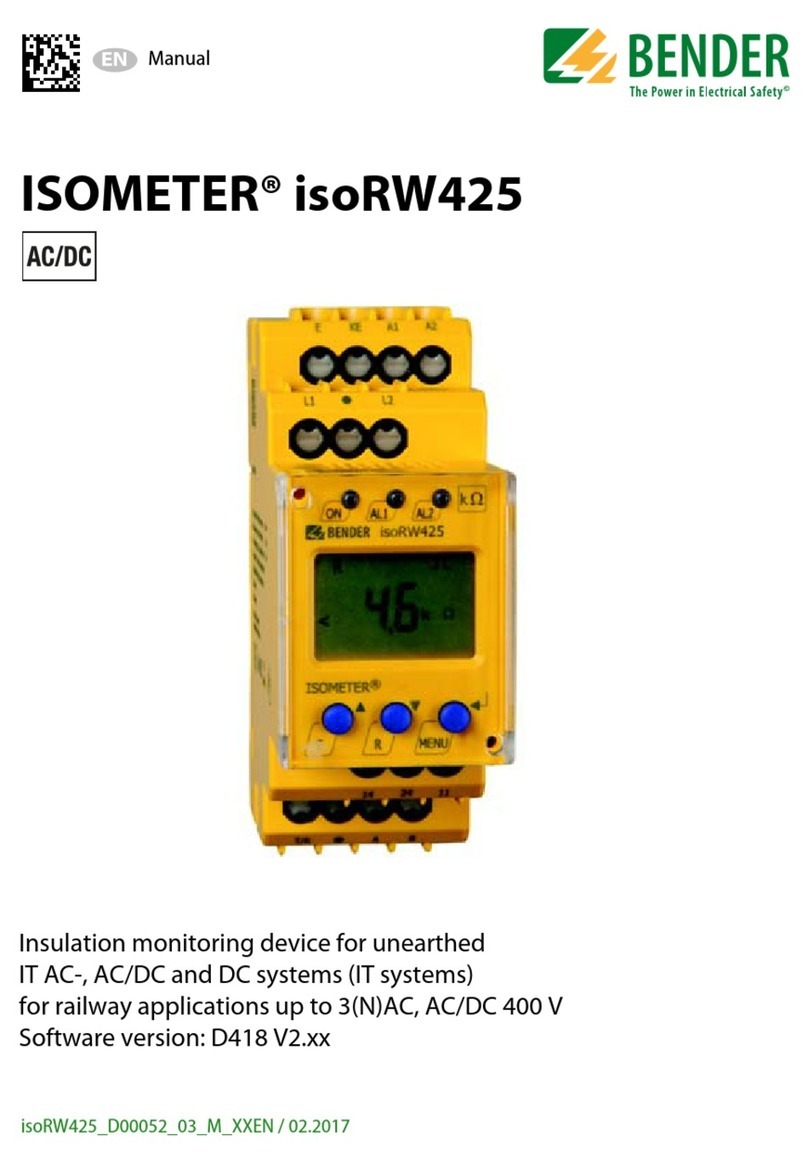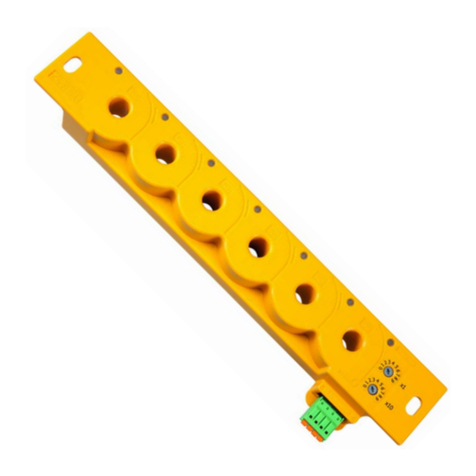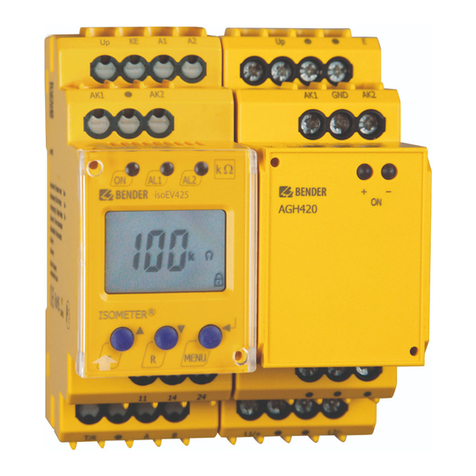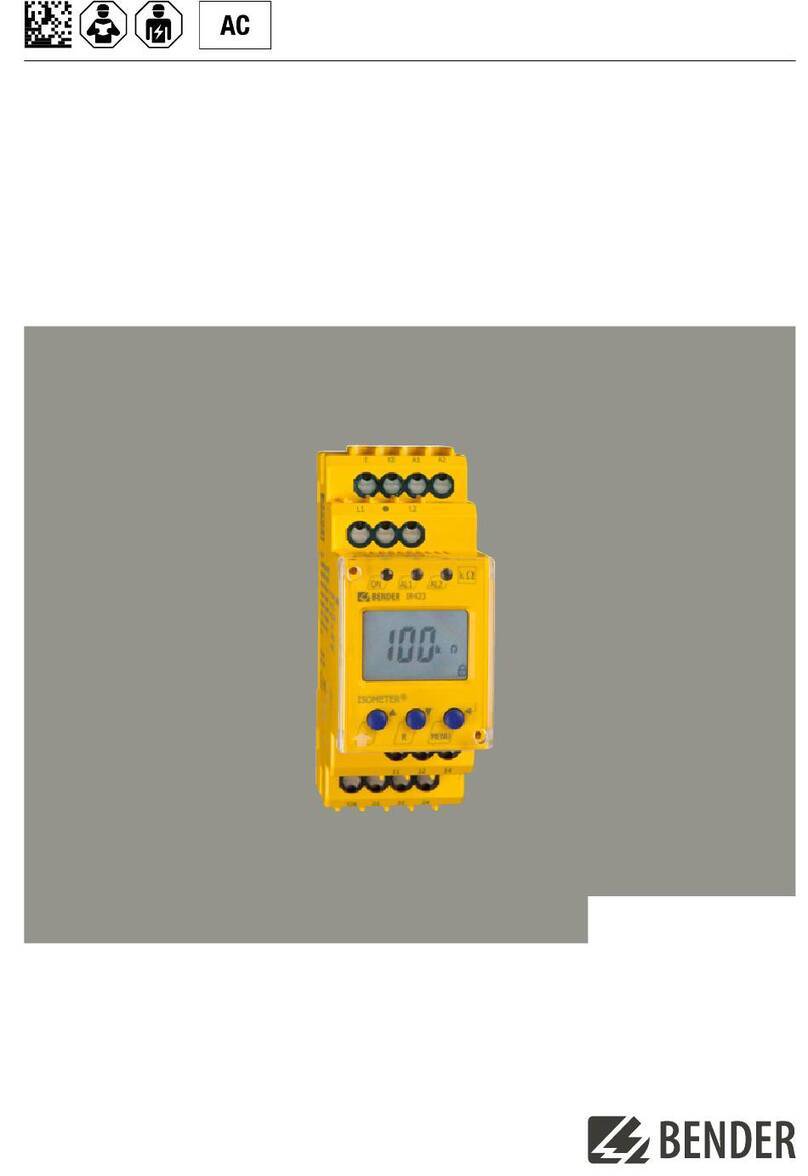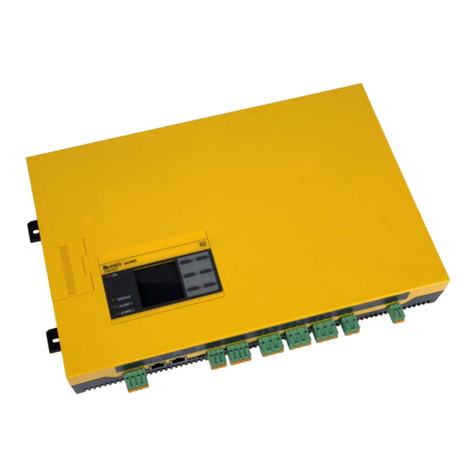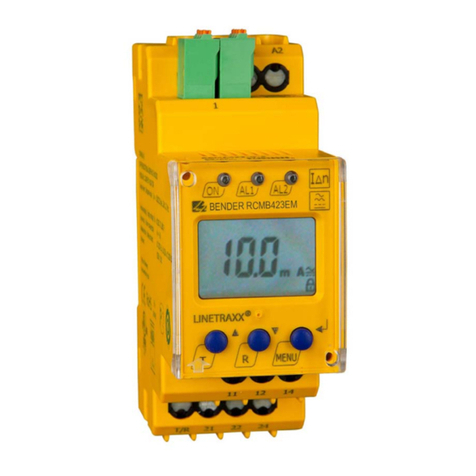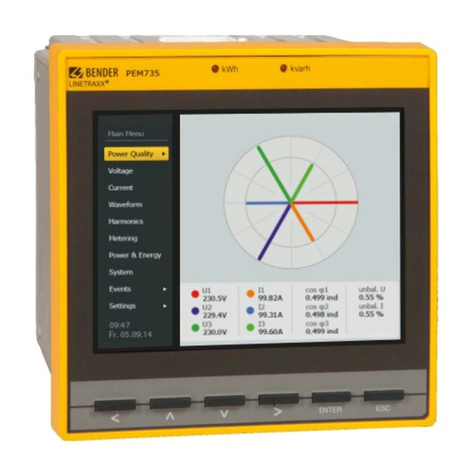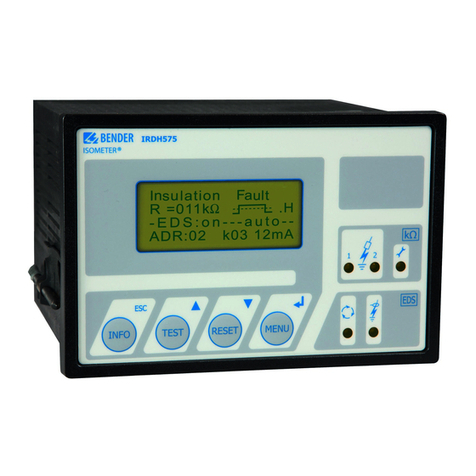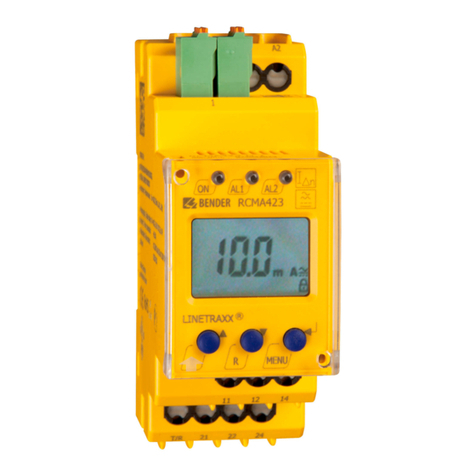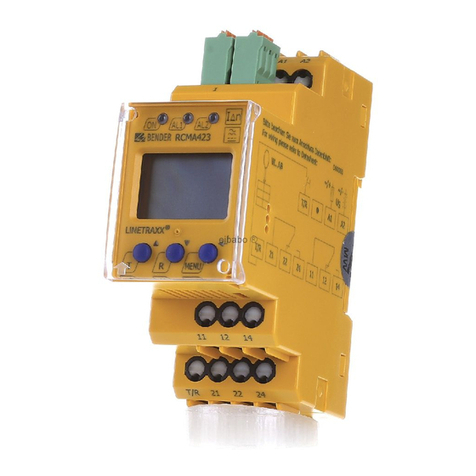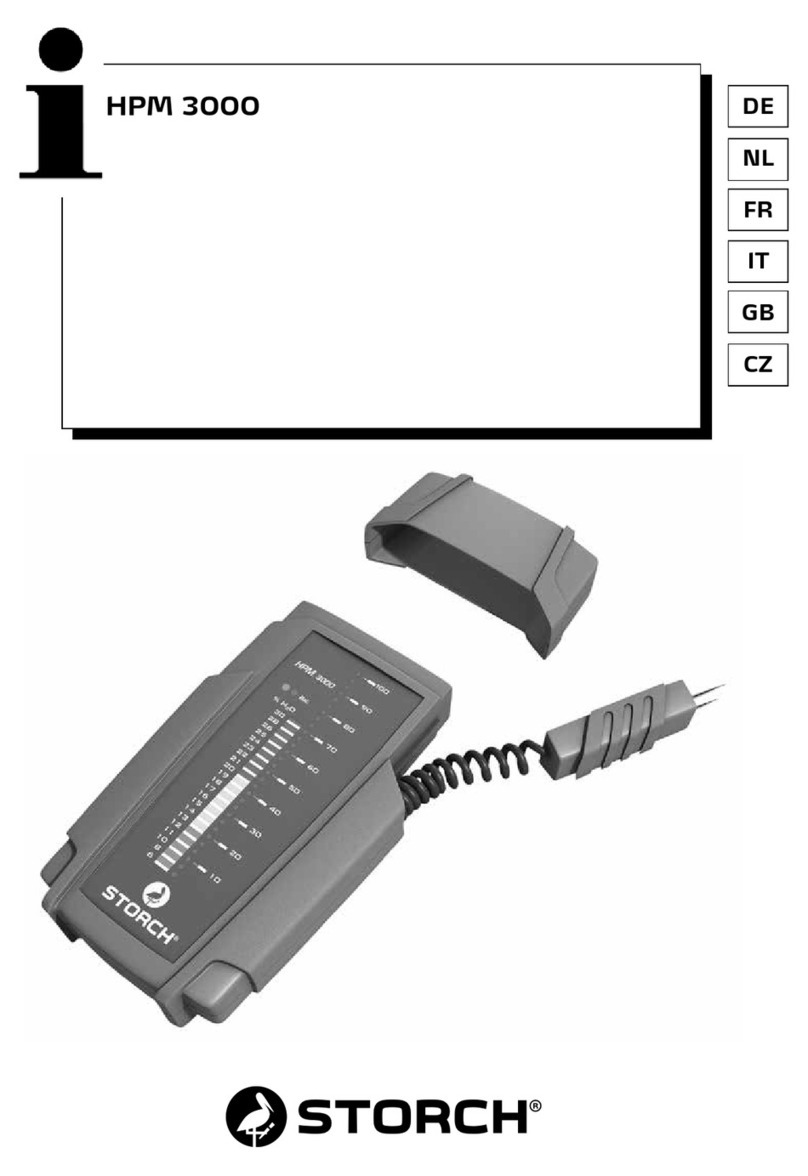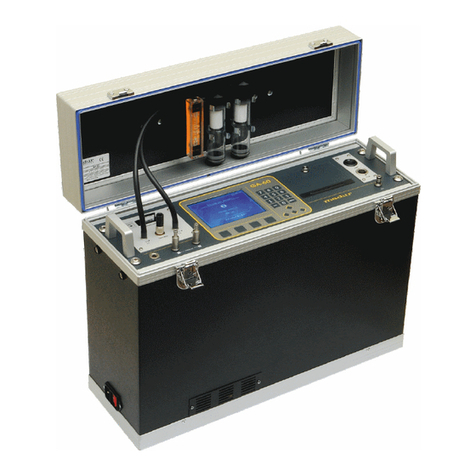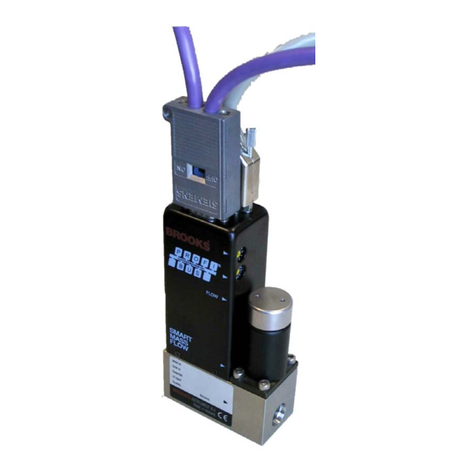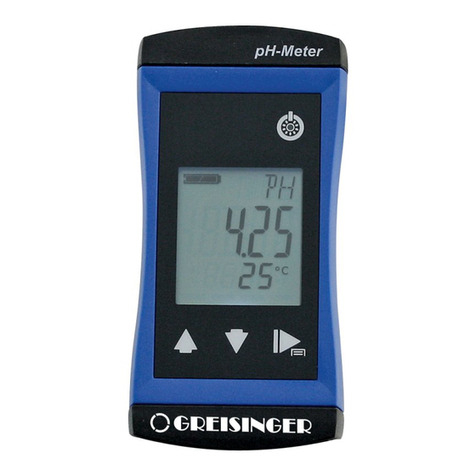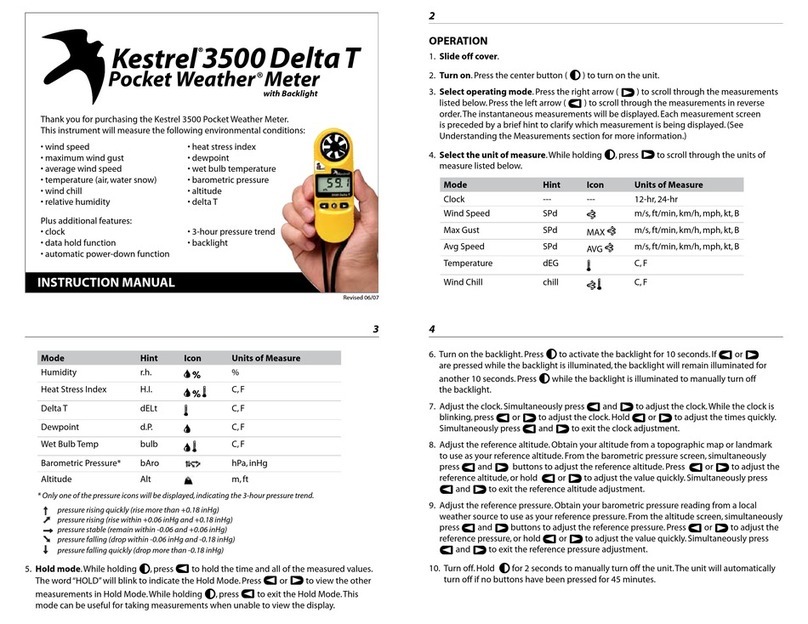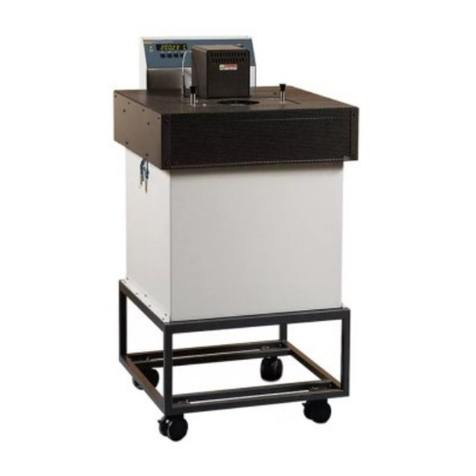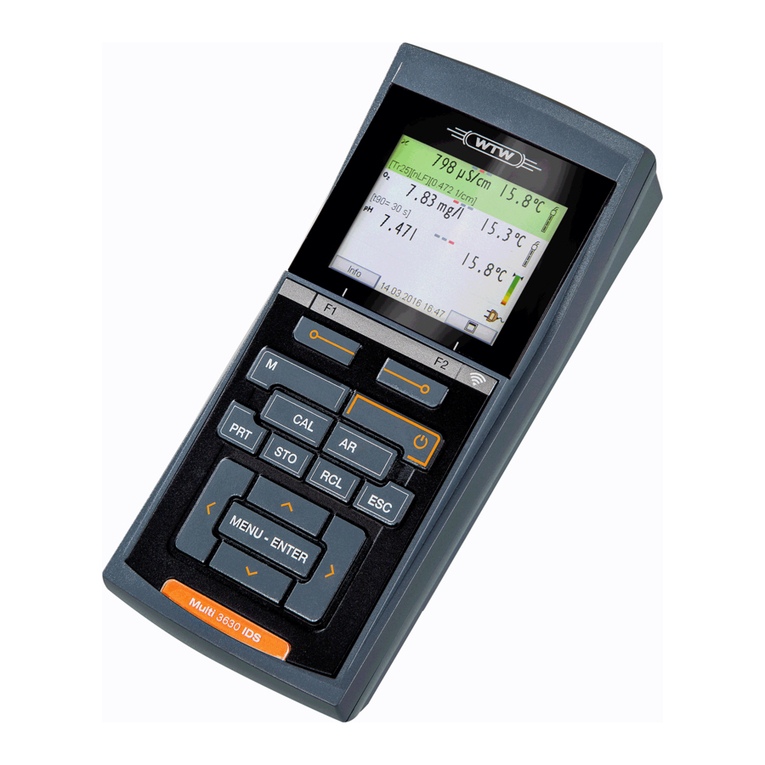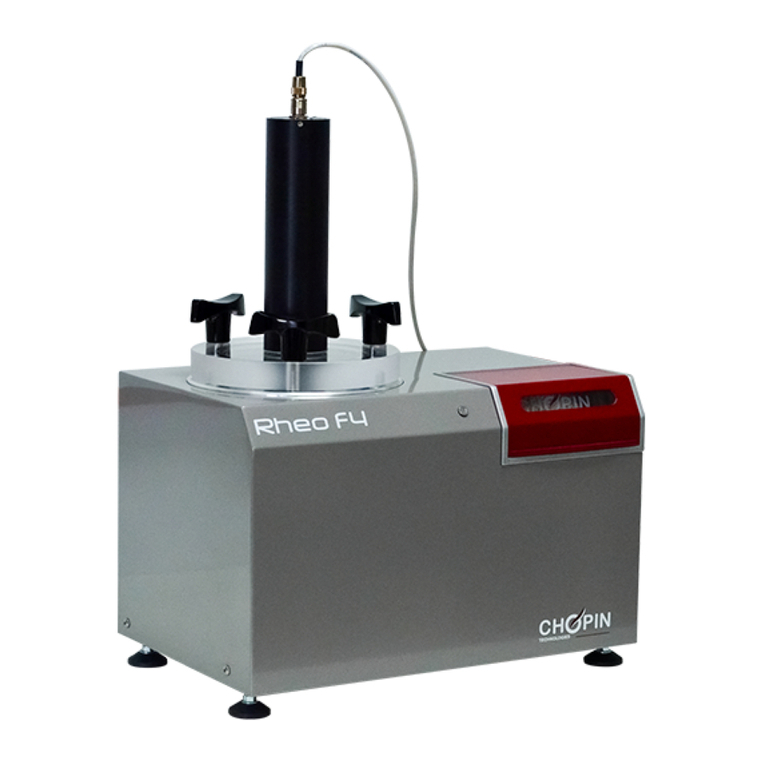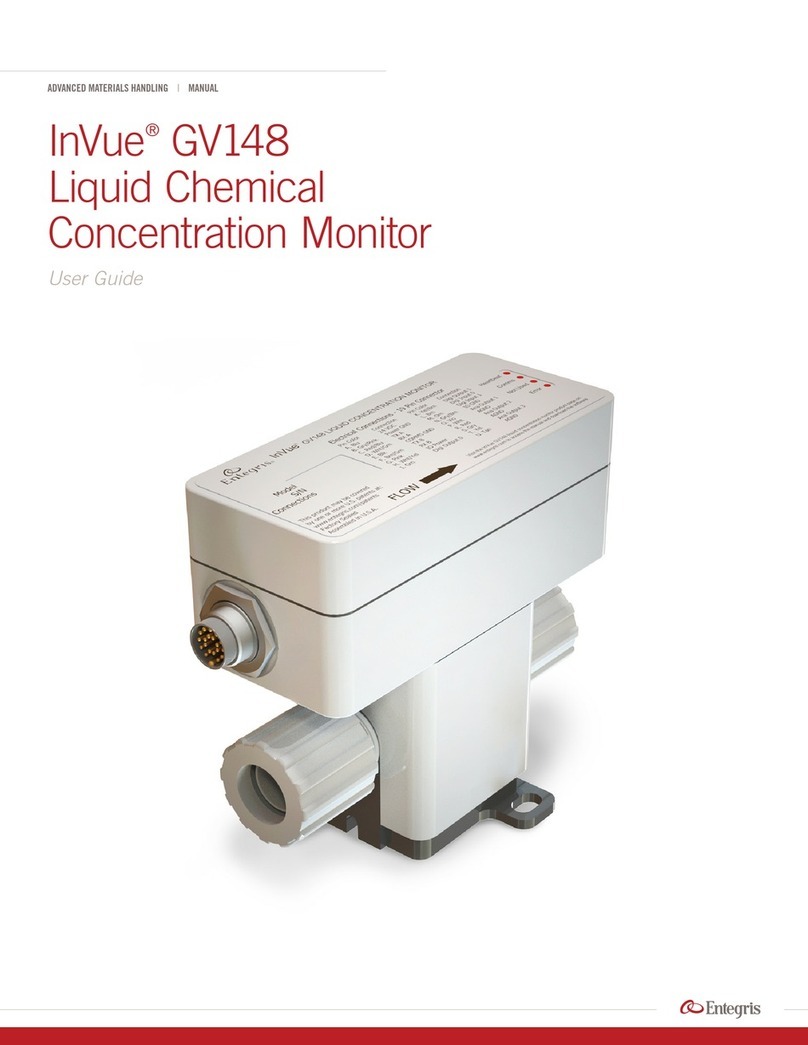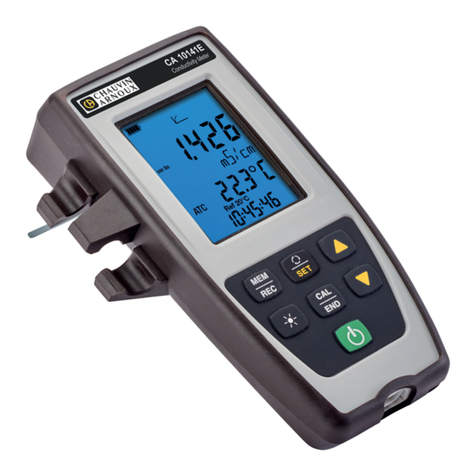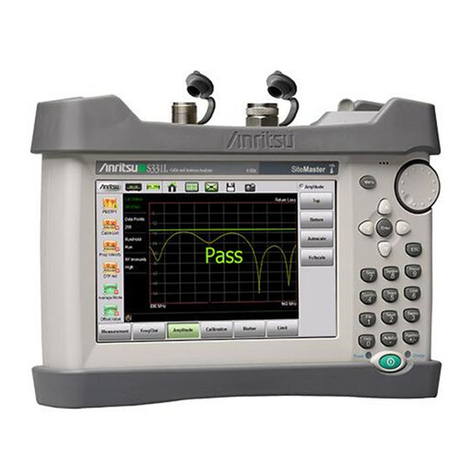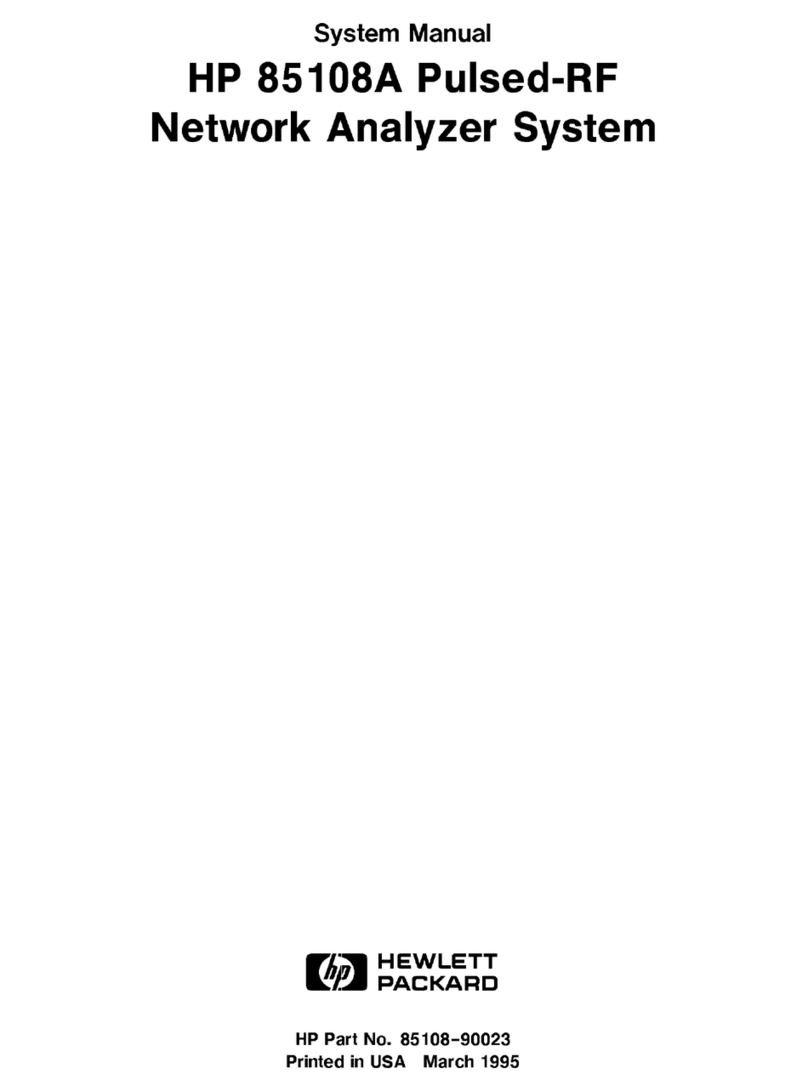
FunctionFunction
isoHV525_D00297_00_M_XXEN/03.2017
10
The partial resistances can be calculated from the total insulation resistance RFand the
fault location (R %) using the following formula:
Fault on conductor L1/+ ->RL1F = (200 % * RF)/(100 % – R %)
Fault on conductor L2/- -> RL2F = (200 % * RF)/(100 % + R %)
If the values RFor Unexceeds the set response values, this will be indicated by the relays
K1 and K2.In addition, the operation of the relay (n.c./n.o.) can be set and the fault mem-
ory "M", activated. If the values RFor Unexceed their release value (response value plus
hysteresis) uninterrupted for no longer than the period toff, then the alarm relays will
switch back to their initial position. If the fault memory is enabled, the alarm relays remain
in the alarm state until the external Test/Reset button is pressed or until the supply volt-
age is switched off. The device function can be tested using the Test/Reset button. Device
parameters are initially assigned by Bender. Parameterisation of the ISOMETER
isoHV525-S4-4 is also possible via the BMS bus, for example by means of a BMS-Ethernet
gateway (COM465IP) or Modbus RTU.
3.2.2.1 Manual self test
The integrated self test function tests the function of the insulation monitoring device
and the connection to IT system to be monitored. A self test is started by pressing the ex-
ternal test/reset button. Relay 1 (K1) is switched during a manual self test. In the event of
a fault, relay 2 (K2) switches and the measuring function is interrupted.
Internal device errors can be caused by external disturbances or internal hardware errors.
After eliminating the fault, the alarm relays are automatically reset or are reset to the ini-
tial position by pressing the Test/Reset button. The self test can take a few minutes.
3.2.2.2 Malfunction
In addition to the described self test, several functions in the insulation monitoring de-
vice are continuously checked during operation. If the error occurs again after restarting
the device or after restoring the factory settings, please contact Bender Service.
3.2.2.3 Signalling assignment of the alarm relays K1/K2
Pre-alarm and test are assigned to relay 1 (K1). The main alarm and device fault are as-
signed to relay 2 (K2).
The isoHV525 determines the leakage capacitance via an impedance
measurement whose frequency is adjusted to the most accurate insula-
tion measurement. The measurement signal is influenced by rectifiers or
inverters, and can lead to phase errors which in turn can lead to
a distorted leakage capacitance value.
3.2.2.4 Measuring and response times
The measuring time is the period essential for the detection of the measured value. The
measuring time is reflected in the operating time tae. The measuring time for the insula-
tion resistance value is mainly determined by the required measuring pulse duration,
which depends on the insulation resistance and leakage capacitance of the system to be
monitored. Measuring pulse is produced by the measuring pulse generator integrated in
the ISOMETER®. The measuring times for Ce, UL1e, UL2e and R % are synchronous. System
disturbances may lead to extended measuring times. In contrast, the time for the system
voltage measurement Un is independent and considerably shorter.
Total response time tan
The total response time tan is the sum of the operating time tae and the response delay
time ton.
Operating time tae
The operating time tae is the time required by the ISOMETER® to determine the measured
value. For the measured insulation resistance value, it is dependent on the insulation re-
sistance and the leakage capacitance.
Response delay ton
The response delay ton can be set uniformly for all messages using the parameter "ton",
whereby each alarm message specified in the alarm assignment has its own timer for ton.
This delay time can be used for interference suppression in the case of short measuring
times.
An alarm will only be signalled when a threshold value of the respective measured value
is exceeded for the period of ton without interruption. Every time the threshold value is
violated within the time ton, the response delay "ton" restarts once again.
Delay on release toff
The delay on release toff can be set uniformly for all messages using the parameter "toff",
whereby each alarm message specified in the alarm assignment has its own timer for toff.
An alarm will continuously be signalled until the threshold value of the respective meas-
ured value is not exceeded (including hysteresis) for the period of toff without interrup-
tion. Each time the threshold value is not exceeded for the period of toff, the delay on
release "toff" restarts again.
Start-up delay t
After connection to the supply voltage US, the alarm indication for the preset time
(0…10 s) in the parameter "t" is suppressed.




















